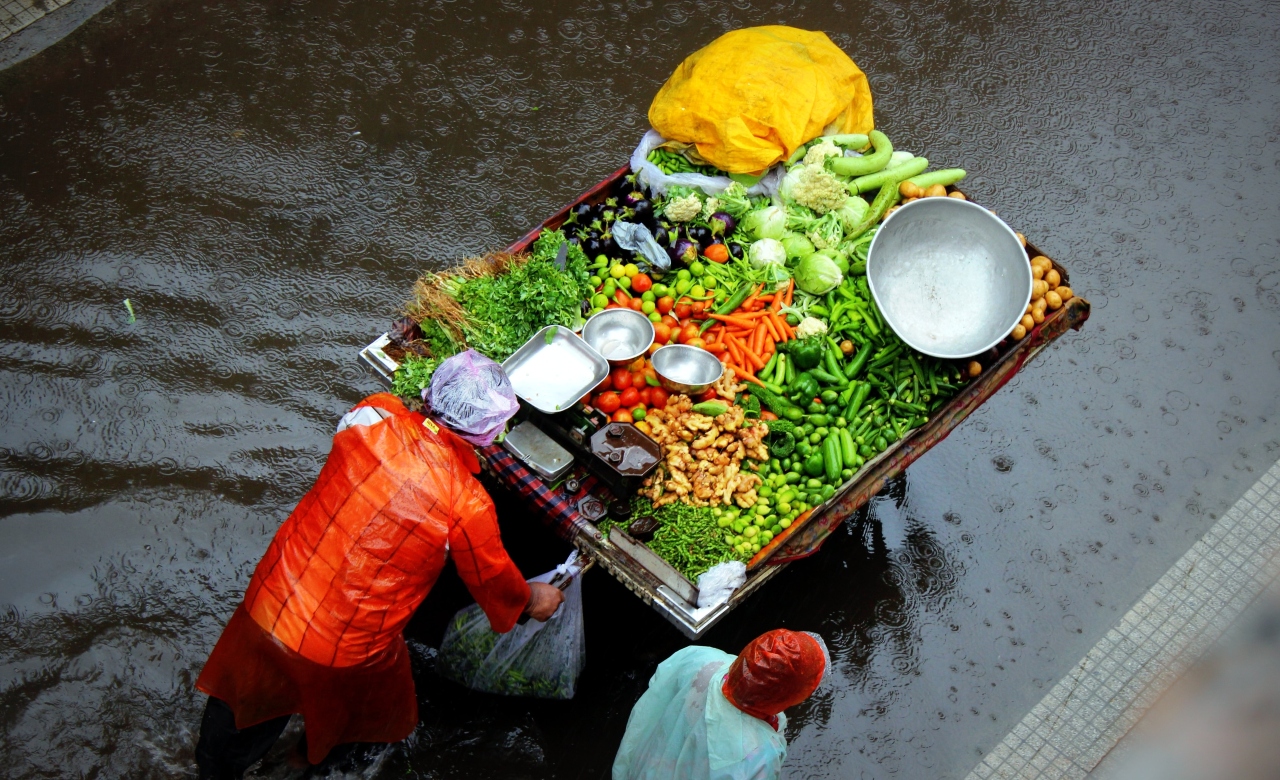Climate change is making disaster resilience a vital focus for investors and politicians. This collection of academic studies explores the impact in South Asia, and makes some useful recommendations. But the role of private capital is neglected.

In Brief
- There have been more than 7,000 disaster events and around 265 million displacements globally from 2008 to 2018.
- A focus on South Asia is understandable. Floods displaced t at least 61.4 million people in South Asia between 2010 and 2021.
- There are many good recommendations such as boosting literacy and setting up awareness campaigns urging people to switch from conventional buildings. (mud) to more flood-resistant ones.
- But too much is asked of governments and too little of other institutions, such as DFIs.
The series “Diverse Perspectives on Creating a Fairer Society”, an initiative by Emerald Group, the academic publishers, aims to showcase “authorship and voices from beyond the Global North.”
As part of this, M. Rezaul Islam from the University of Sharjah, UAE, and Dhaka in Bangladesh, has edited this selection of essays, titled “Disaster, Displacement and Resilient Livelihoods: Perspectives from South Asia.”
There were more than 7,000 disaster events and around 265 million displacements globally from 2008 to 2018, which constitutes more than three times the conflict and violence-related displacements. And it’s getting worse.
The focus here is on South Asia, which is understandable.
One recent report estimates that at least 61.4 million people were displaced in South Asia between 2010 and 2021 because of floods, cyclones and earthquakes, with India topping the list with 41.5 million internal displacements. Annual economic losses caused by disasters in the Asia-Pacific region were estimated to be around $780bn as of 2021, equivalent to 2.5% of regional gross domestic product.
As Islam says: “Weak economy, high population, mass poverty, flimsy geographical location, and weak governance to disaster reduction have found common in all south Asian countries.” The English in this book is often ‘non-standard’, but we get the meaning.
Pakistan
One of the most interesting essays is on Pakistan by Babul Hossain et al. It’s grim reading though.
They tell us “Pakistan is endowed with an abundance of natural resources, but a huge portion of the nation is highly exposed to natural calamities, predominantly flooding, as a result of lack of expertise, unsustainable resource use, hasty growing, ecological degradation, and insufficient hazard prediction…formal resilience is very insignificant.”

There are good recommendations.
For example, the essay calls for improvements in partitioning regulations to limit the construction of homes in flood-prone locations. It also calls for boosting literacy and setting up awareness campaigns urging people to switch from conventional buildings (mud) to more flood-resistant ones. It further recommends the creation of “various sources of income” and building “organisational amenities, [allowing] logging on to data on harsh weather and financial options.”
The research demonstrates “the necessity for local government and disaster management departments to acknowledge the value of various capacity-building events.” Especially training to raise public awareness. Controversially the role of religion in stifling resilience preparation is touched on…if not fully explored.
Sri Lanka
The essay on Sri Lanka by R. Lalitha et al is also thought-provoking.
It emphasises that “though they build back up to a considerable level, the studies found some problems [continue to be] faced by the displaced people. Problems with the current shelters such as using low-quality materials in constructing houses, lack of proper sanitary facilities, lack of effective drainage systems, and lack of proper transportation systems are some of them.”
They state, “it could be concluded that resilience after a disaster is somewhat difficult without legitimate and external assistance,” and advocate a series of initiatives across the whole of South Asia.
The Sri Lanka essays calls for the creation of a disaster prevention group, with representation from each affected country, to come up with initiatives regarding climate change and disaster-related issues that have cross-border sources and impacts.
A technical committee “can be formed with full participation of the representative of every country in South Asia,”, the essay says. This committee “will provide information, engineering, and technical knowledge about the causes, consequences, and improving resilience livelihood in future.”
Missing elements
This was all very compelling, but I came to the end of the book and felt several things were missing.
There are too many essays on Bangladesh, and a lack of material on India.
Elsewhere, some of the data appears stretched. The essay on Afghan Urban Women by Marina Hamidazada and Ana Maria Cruz, is an interesting analysis of what is happening as Kabul expands in an unplanned manner. But the suggestion that “recent reports show that the number of female victims is higher than that of males affected by floods” is a reach. The split is 51/49%.
There’s a lot of calls for governments to help. In the essay “Opportunities and Challenges for Enhancing Resilience in Nepal” by Chauhan et al, there are six recommendations, but all of them are for more government.
It may be right to conclude “greater political commitments are required to prevent and reduce disaster-induced displacement.” But there was a decided lack by all the academics in this book to consider the role of development finance institutions in this process, or indeed about how private capital could be harnessed to boost resilience.
I think I need to give them a reading list.





